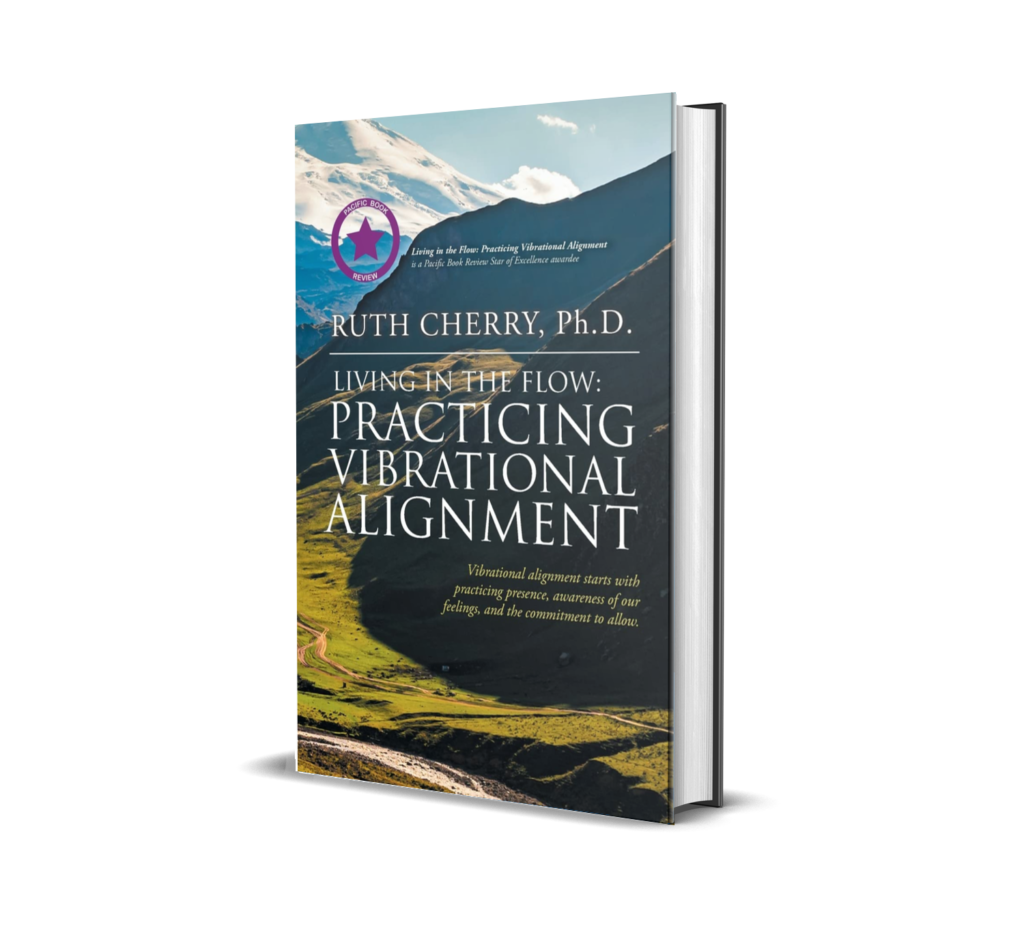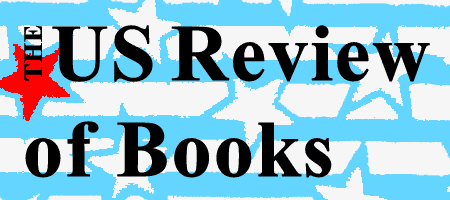

Living in the Flow: Practicing Vibrational Alignment
Ruth Cherry, PhD
Reviewed by: Priscilla Estes, The US Review of Books
“Meditation does not create zombies…. Meditation allows us the berth to experience strong feelings and not lose our centers.”
For those in midlife or older, Cherry has a special message: the closer one gets to death and old age, the more one appreciates life and can let go and embrace what she calls “Source.” By weaving her personal journey with metaphysical and intellectual knowledge, she tells readers how to surrender to this flow of life.
Cherry is a practicing clinical psychologist whose specialty, not surprisingly, is the merging of psychological and spiritual dynamics, much as the pioneers of integration, Roberto Assagioli and C.G. Jung, advocated. In “Part One,” journal excerpts reveal her painful struggle to tap the power of the unconscious through meditation and vibrational alignment to self-heal multiple sclerosis and emotional traumas. “Part Two” buttresses soft metaphysical practices with hard psychological concepts to construct a firm platform for mental and spiritual health, including a brilliantly practical and understandable explanation of how to meditate.
In the New Age world, “flow,” “vibrational alignment,” and “Source” are often bandied about with cringe-worthy inaccuracy. Cherry, by and large, does not do this. She humanizes flow as “natural movement in universal consciousness.” Excerpts from her bravely vulnerable journal clarify the term as the flow of life, breath, being, creativity, inspiration, experience, and becoming. Whatever flow is, when it is blocked, one is stuck, as she was for years. Regarding vibrational alignment, Cherry writes that the more people “vibrate at the frequency of Source, the better life works.” And as for Source, Cherry says that it is in the deepest cells of our being, waiting for us in our weakness and vulnerability and sadness. Only when individuals can look at and accept their naked humanity can they flow in harmony and enter Source.
No matter the definitions, what’s important is that Cherry tells her readers how to function better and feel healthier in a way that does not leave them rolling their eyes. For example, her section on meditation provides helpful stepping stones for breath management to deal with stress, anger, depression, and pain. Her writing unfolds one of the best descriptions of “Being the Observer” in meditation practice and neatly clarifies, for the Westerner, what the mystical “third eye” is: a window between the eyebrows that you are straining to look out of.
The author’s use of analogy is also effective. For instance, she compares people’s self-imposed emotional and psychological imprisonment with the physical confinement of the male inmates she teaches. Prisoners have imposed walls. People build their own. If people can merge their subpersonalities—the Controller, the Inner Critic, the Adult, the Spiritual Seeker, the Victim, and the Hero, among others—they can merge with Source and be free. But readers should throw away their rose-colored glasses because, unlike prisoners, they must deal with the Outer World.
Cherry teaches that if people can learn to accept themselves with all their flaws and swim at the level of solutions, rather than wallow at the level of problems, they can connect with Source and become present to themselves. She believes one creates one’s own reality, and her life tangibly embodies this philosophy. She no longer has suicidal thoughts and, even with multiple sclerosis, can walk two miles a day. Her world is a school, a playground for learning, and not something to be conquered.
Cherry combines solid psychological principles with practical spiritual guidance. There’s barely a whiff of sage-infused New Age smoke in this practical guide on embracing vulnerability, honoring divine discontent, and looking within to fill the holes that hurt and hinder. Fans of writers such as Eckhart Tolle, Wayne Dyer, Carolyn Myss, Lynne McTaggart, Joe Dispenza, Deepak Chopra, and others in the field of alternative healing may enjoy this book.
